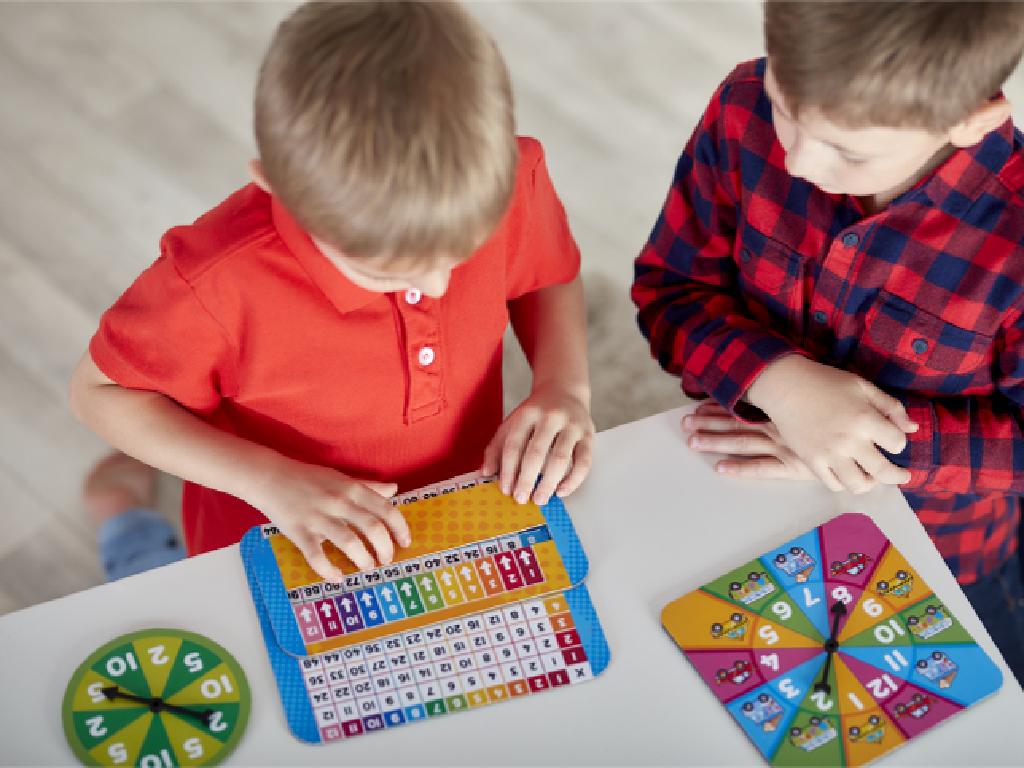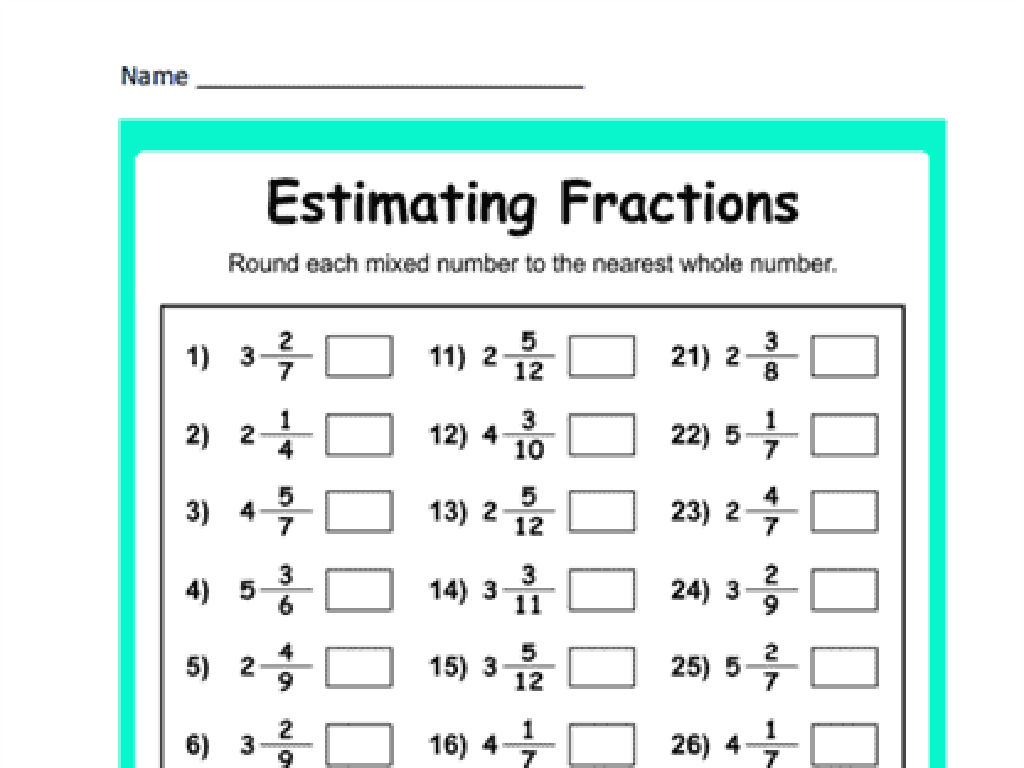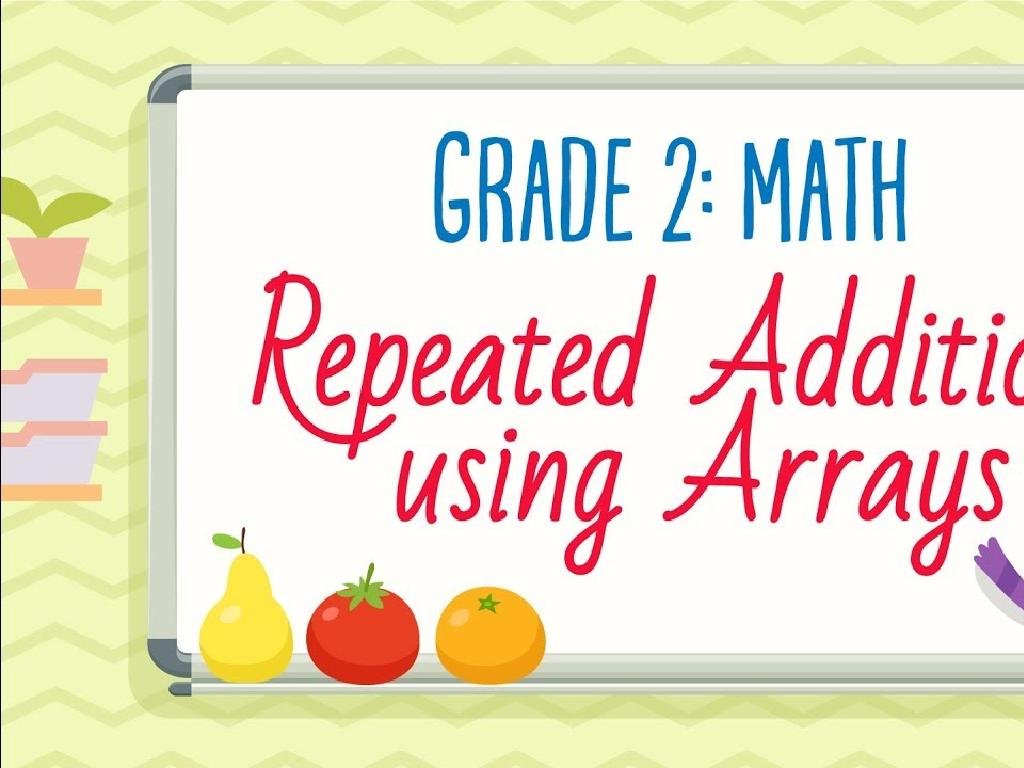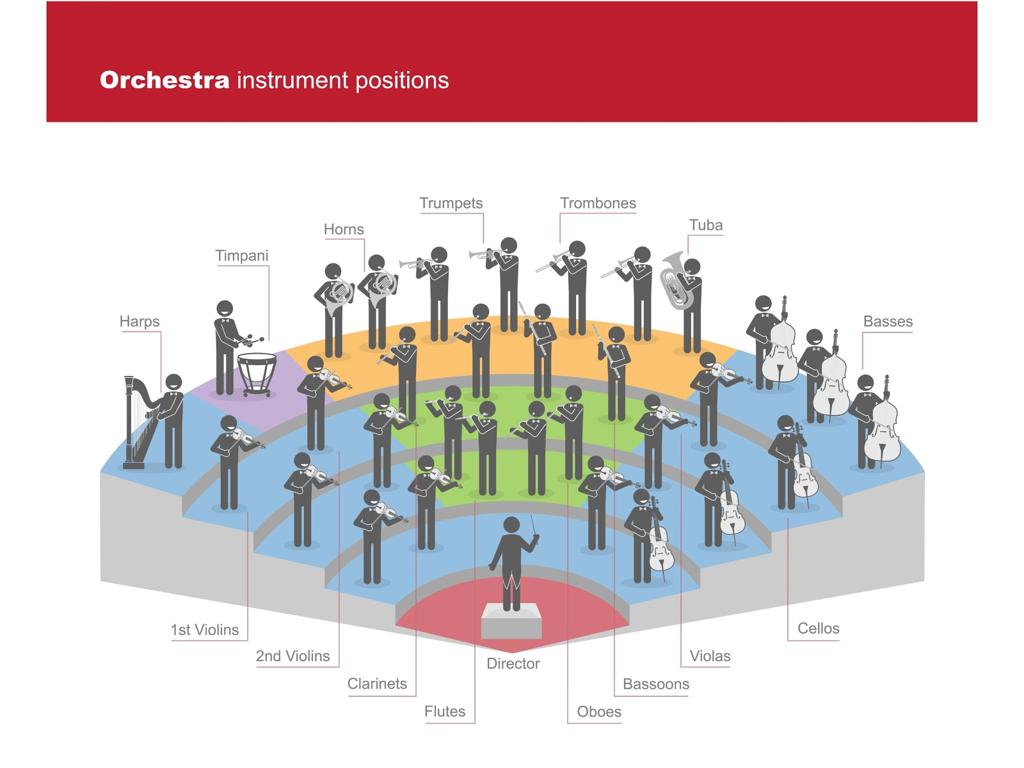Add Integers Using Counters
Subject: Math
Grade: Seventh grade
Topic: Operations With Integers
Please LOG IN to download the presentation. Access is available to registered users only.
View More Content
Adding Integers Using Counters
– What are integers?
– Integers include whole numbers and their negatives
– Why learn integer operations?
– Integer operations are key in math and real-life problems
– Adding with counters
– Counters help us see the addition process
– Visualizing addition
– Use positive (red) and negative (blue) counters for visualization
|
This slide introduces the concept of integers and the importance of understanding their operations, specifically addition. Integers are the set of whole numbers and their opposites, including zero. Operations with integers are fundamental in algebra and are applicable in various real-life scenarios such as banking, temperature changes, and elevation levels. Today’s lesson focuses on using counters, which are tangible objects that help students visualize and physically manipulate to understand the addition of positive and negative numbers. Red counters can represent positive integers, while blue counters can represent negative integers. This visual and hands-on approach aids in grasping the concept of adding integers effectively.
Understanding Integers
– Define integers
– Integers include whole numbers and their negatives, e.g., -3, 0, 2.
– Positive vs. negative integers
– Positive integers are above zero, negative integers are below zero on the number line.
– Number line examples
– Visualize integers using a number line to understand their order and value.
– Integers in real life
– Use integers to represent real-world scenarios like temperature changes or bank transactions.
|
This slide introduces the concept of integers, which are the set of whole numbers including zero, positive whole numbers, and their negative counterparts. It’s crucial to explain that integers do not include fractions or decimals. Illustrate the difference between positive and negative integers using a number line, which is a visual tool that helps students understand the position and value of integers in relation to each other. Provide real-life examples where integers are used, such as temperature changes (above and below zero) or banking (deposits and withdrawals) to make the concept more relatable. Encourage students to think of other examples where they encounter integers in their daily lives.
Why Use Counters for Adding Integers?
– Counters aid in visualizing math
– Visual tools help grasp abstract concepts
– Hands-on learning with counters
– Physical manipulation of counters supports active learning
– Counters simplify integer addition
– Counters represent positive/negative values for easy calculation
– Enhance understanding and retention
– Engaging with materials can improve memory of math operations
|
Counters are a valuable educational tool, especially when dealing with abstract mathematical concepts such as integers. By providing a visual representation, students can better understand and solve problems involving the addition of positive and negative numbers. Hands-on learning with counters engages students actively, making the learning process more interactive and enjoyable. This can be particularly beneficial for kinesthetic learners who thrive on tactile experiences. Using counters to represent positive and negative values simplifies the process of adding integers, as students can physically group and count them, which helps in internalizing the rules of integer addition. Overall, the use of counters in teaching math not only aids in comprehension but also enhances retention of mathematical concepts.
Understanding Counters for Adding Integers
– Two-sided counters: red and yellow
– Red side for negative integers
– Red counters symbolize numbers like -1, -2, -3
– Yellow side for positive integers
– Yellow counters symbolize numbers like +1, +2, +3
– Adding integers with counters
– Combine red and yellow counters to find sums
|
This slide introduces the concept of using two-sided counters to visually represent and add integers. Red counters represent negative integers, while yellow counters represent positive integers. This color-coding helps students differentiate between the two types of numbers easily. When adding integers, students will combine red and yellow counters to simulate addition. For example, to model -2 + 3, they would have 2 red counters and 3 yellow counters, and then pair off one red with one yellow until no more pairs can be made. The remaining counters indicate the sum. This hands-on activity aids in understanding the abstract concept of adding positive and negative numbers.
Adding Positive Integers with Counters
– Use yellow counters for addition
– Each yellow counter represents +1
– Example: Adding 3 + 2
– Visualize 3 yellow counters, then add 2 more
– Group counters to find sum
– Combine all counters to see total
|
This slide introduces students to the concept of using physical or visual counters to add positive integers, which helps in understanding the basic operation of addition. By associating each yellow counter with a positive unit (+1), students can concretely see the addition process. For example, to add 3 + 2, students start with 3 yellow counters, add 2 more, and then count all the yellow counters to find the sum, which is 5. This visual and tactile method reinforces the concept of addition and helps students grasp the idea of combining quantities to find a total. Encourage students to practice with different combinations of positive integers to become comfortable with the process.
Adding Negative Integers with Counters
– Use red counters for negative integers
– Example: (-3) + (-2) using counters
– Represent (-3) with 3 red counters and (-2) with 2 red counters
– Group counters to determine sum
– Combine all red counters to find the total count
– Visualize addition of negatives
– Understand that combining negatives results in a larger negative number
|
This slide introduces the concept of adding negative integers using a visual aid: red counters. Red counters will represent negative integers, allowing students to physically manipulate the counters to understand the addition of negative numbers. For example, to add (-3) and (-2), students will use 3 red counters to represent (-3) and 2 additional red counters for (-2). They will then group all the red counters together to find the sum, which visually demonstrates that adding two negative numbers results in a larger negative number. This hands-on approach helps solidify the abstract concept of negative number addition by making it tangible.
Adding Integers with Counters
– Combine red and yellow counters
– Red for negative, yellow for positive integers
– Example: (-3) + 2 using counters
– Use 3 red for -3 and 2 yellow for +2, then combine
– Balance positives and negatives
– Match red and yellow pairs to cancel out
– Find the sum
– Count remaining counters for the total sum
|
This slide introduces the concept of adding integers with different signs using a visual aid of counters. Red counters represent negative integers, while yellow counters represent positive integers. By providing a concrete example, such as adding (-3) and 2, students can visually combine and then balance the counters to understand the concept of cancellation. This method helps students grasp the abstract idea of adding positives and negatives by making it tangible. After combining and balancing, students count the remaining counters to find the sum. Encourage students to practice with various combinations to solidify their understanding.
Rules for Adding Integers with Counters
– Adding same sign integers
– Add values and keep their common sign
– Adding different sign integers
– Subtract smaller from larger; keep sign of larger
– Understanding zero pairs
– Red and yellow counters represent +1 and -1
– Keeping the larger number’s sign
– If signs differ, result takes sign of larger absolute value
|
This slide introduces the fundamental rules for adding integers using counters, which is a visual aid for understanding integer operations. When integers have the same sign, students add the absolute values and keep the common sign. For integers with different signs, they find the difference between the absolute values and keep the sign of the integer with the larger absolute value. Zero pairs are a concept where a positive counter (red) and a negative counter (yellow) cancel each other out, representing zero. It’s crucial to emphasize that the sign of the larger number takes precedence in the result when the signs are different. Provide examples for each rule to solidify understanding, and encourage students to practice with actual counters or drawings to visualize the process.
Class Activity: Let’s Add Integers!
– Pair up for counter activity
– Solve assigned integer problems
– Use positive & negative counters to visualize addition
– Discuss solutions with your partner
– How did the counters help you find the answer?
– Share findings with the class
|
This interactive class activity is designed to help students understand the concept of adding integers using counters. Students will pair up and use physical or virtual counters to solve a series of addition problems involving positive and negative integers. After solving each problem, they should discuss their approach and solution with their partner to reinforce their understanding. Finally, each pair will present their solutions to the class, fostering a collaborative learning environment. As a teacher, prepare a set of diverse problems and ensure each pair has a different set to encourage a variety of solutions during the sharing session. Possible activities could include adding simple integers, dealing with zero, and more complex problems that require multiple steps to solve.
Conclusion: Mastering Integer Addition with Counters
– Recap: Adding integers using counters
– Review the steps we learned for using counters to add integers.
– Practice is key to understanding
– Regular practice helps solidify the concept and improve accuracy.
– Homework: Complete the worksheet
– Worksheet includes various problems to apply what you’ve learned.
– Be prepared to discuss solutions
– We’ll review the worksheet answers in our next class.
|
This slide wraps up our lesson on adding integers using counters. It’s crucial to emphasize the importance of practice in mastering mathematical concepts. The homework assignment is a worksheet that provides students with additional practice to reinforce their understanding of the topic. Encourage students to attempt all problems and remind them that we will be discussing the solutions in the next class, so they should come prepared with any questions they may have. This will also help identify any areas where students may need further clarification or assistance.






